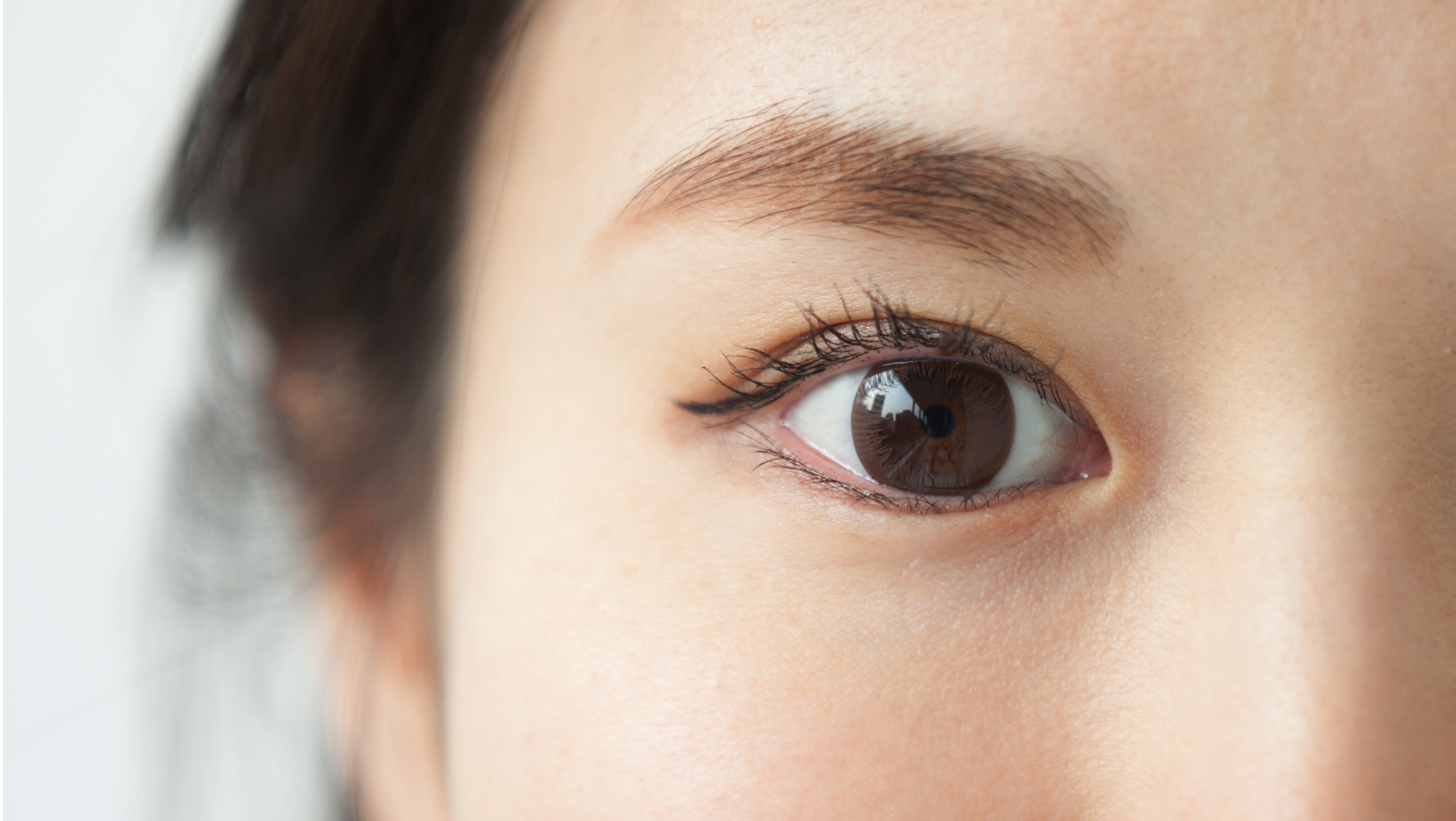
11 Jan What Causes Slanted Eyes in Asians?
The distinctive eye shape of many Asian peoples has been a topic of fascination, speculation, and unfortunately, discrimination for centuries. While today it is recognized as a normal human variation, the origins and reason for the formation of “Asian eyes” remains something of a scientific mystery.
To understand this phenomenon, scientists explore why do Asians have slanted eyes, delving into genetic and environmental factors that contribute to the diversity in eye shapes across different populations. Despite historical misconceptions and stereotypes, it is crucial to approach this subject with cultural sensitivity and a commitment to dispelling myths surrounding physical traits. Let’s examine some of the leading theories behind this characteristic facial feature.
Genetics Play a Major Role
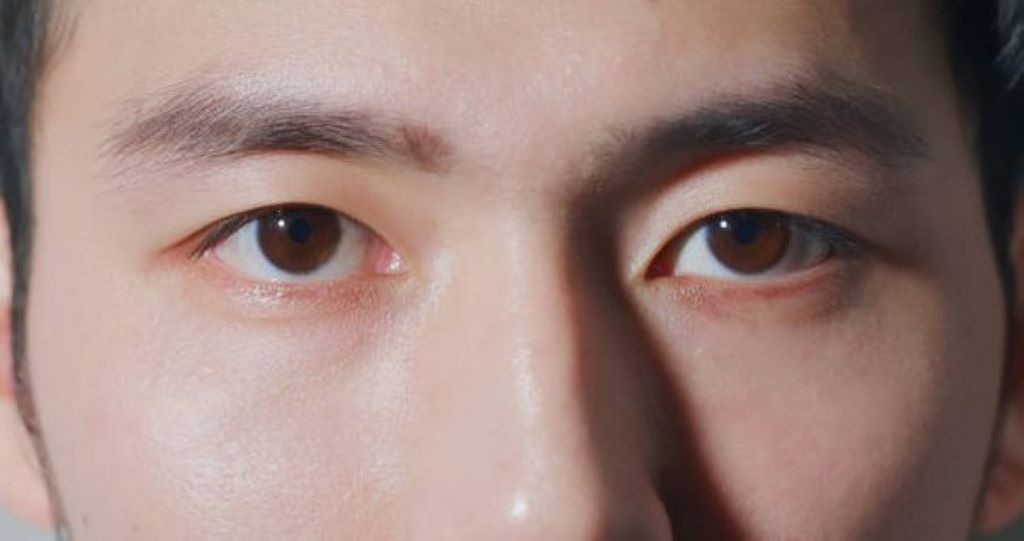
One of the most well-established explanations is that genetics and ancestry are key factors in determining eye shape. Studies have shown a strong correlation between having an Asian ethnic background and possessing monolid or hooded eyelids, epicanthic folds, and other traits associated with the stereotypical “slant.”
Researchers have identified certain genetic markers connected to these structural qualities, suggesting they are inherited. The epicanthic fold in particular seems to be a genetically programmed feature adapted for cold environments that has persisted in populations originating from Siberia, Mongolia, and other northern regions.
Over thousands of years, this appears to have become entrenched in the gene pool through intermarriage and shared heritage, leading to its continued prevalence today among broader East Asian peoples. Genetics alone cannot fully explain the range of eye shapes, but plays a fundamental part.
Embryonic Face Development is a Factor
Another avenue of study looks at how the structure of Asian eyes originates in the womb during early fetal development. As every human embryo grows, our facial features take form through a tightly choreographed process of cell migration and proliferation.
Subtle differences in this delicate sequence involving structures like the nasal placodes can greatly impact the final shape and proportions of the eyes, nose, and surrounding areas. If these facial tissues fuse and fuse differently, it can lead to monolids, epicanthic folds, and other distinct qualities.
Research implies that there may be population-based developmental differences that contribute to the epicanthic eye shape in Asians versus other groups. While the exact biological mechanisms remain unclear, embryonic face formation appears intrinsically linked.
Adaptation to Climate May Have Shaped Features
An intriguing anthropological theory posits that the facial geography of Asians arose over thousands of years as an adaptation to cold, dry climates. The squinted eyes and flat nose seen in northern indigenous peoples, for example, tend to retain heat and moisture better.
This may have conferred an evolutionary advantage for populations migrating through Siberia to East Asia’s subzero temperatures and windswept steppes. Their eye anatomy reflects a biological response to environmental pressures.
We see echoes of this today in the way epicanthic folds continue insulating and shielding the eyes against glare and particulates. While not a full explanation, adaptation likely worked in concert with other factors to influence the evolution of Asian eyes.
Differences in Fat Distribution Around the Eyes
Recent studies focused on facial anatomy have highlighted the potential role of localized fat deposits around the eyes. CT scans reveal many Asians possess a thicker layer of subcutaneous fat in the upper eyelid and brow area.
Researchers theorize that this padding of fat may contribute to what creates the illusion of slanted eyes. The additional weight tugging on the eyelid could encourage a more hooded appearance and crease fold. Ethnic variations in how facial fat accumulates and is distributed may thus help shape the stereotypical look.
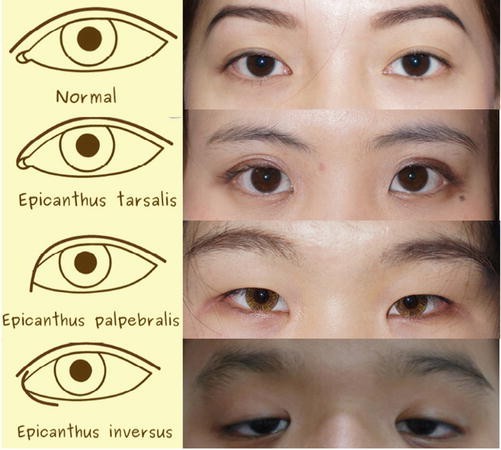
Unique Facial Bone Structure is a Contributing Cause
Examining the underlying craniofacial skeleton offers more clues into the appearance of Asian eyes. Using 3D imaging and modeling, scientists have identified distinctive bone dimensions at work.
Many Asian skulls show broader nasal bones, wider interorbital distance between the eyes, and differing orbital (eye socket) angles compared to other groups. These bony structures likely influence how soft tissue drapes over the face, impacting the eye’s almond shape and angle. Bone morphology plays an integral, if partial, role.
Generalized “Caucasianization” of Facial Features
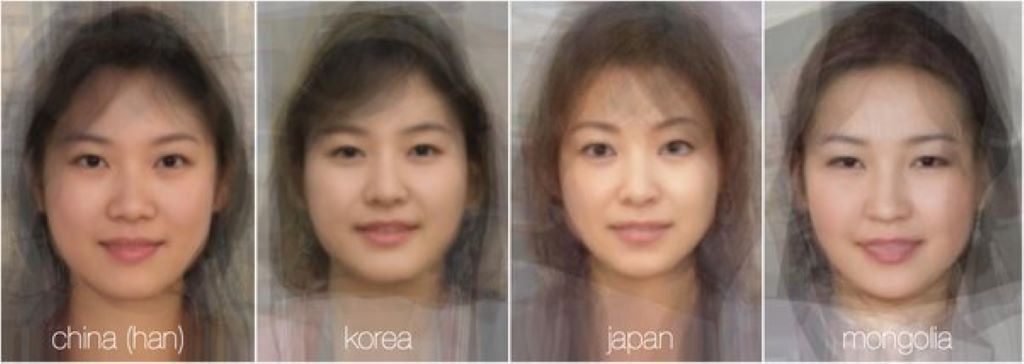
Some scholars argue that much of what we perceive as a distinct “Asian eye” is relative and culturally constructed. They point out that Asians possess a broad range of eye shapes, and that Caucasian features have been falsely established as the “norm.”
As globalization spreads Western ideals of beauty, there is pressure towards generalized “Caucasianization” of the Asian face – eyes become bigger, noses more pronounced, and other elements minimized. The so-called “single eyelid” may simply represent a difference from a European ideal, rather than an abnormal variant.
In reality, no one causal factor can fully explain something as complex as Asian eyes. Most experts agree it is the interplay of genetic heritage, fetal development, climatic adaptation, fat distribution, bone structure, and cultural influences that shape this multifaceted facial feature over generations. The nuanced science continues to evolve.
FAQs
Is it true that Asian babies are born with slanted eyes?
Yes, to some degree. The epicanthic fold and other qualities are often present at birth, indicating their origin in fetal development. However, infants’ features are still soft, making the eyes appear rounder initially before taking on a more angled appearance.
Can the appearance of Asian eyes be changed surgically?
Yes, cosmetic procedures like blepharoplasty can alter the eyelid crease and make the eyes appear bigger and less slanted. However, this remains controversial, especially when motivated by racialized beauty standards. Surgical “Westernization” risks erasing ethnic identity.
Are all East Asians born with the stereotypical eye shape?
No. While epicanthic folds and monolids are very common, there is considerable diversity in appearance among different Asian ethnicities. Not every one of East Asian heritage will display the classically described eye shape linked to their background.
Do epicanthic folds have any benefits?
Yes. The extra fold of skin shields the eye from glare, particulates, and extremes of cold and wind. It probably arose naturally in northern climates as an evolutionary adaptation among Asian ancestors. The insulation and protection it confers persists today.
Can I tell someone’s personality based on their eye shape?
Not. Eye shape or any physical traits have no direct relationship with someone’s character, abilities, or qualities as a person. Such ideas are outdated products of discredited racist pseudosciences. All people should be evaluated based on their individual merits.
In Summary
The origin of distinct Asian eyes is a complex interaction of genetic inheritance, embryonic facial development, climate-driven adaptation, fat distribution patterns, and underlying bone structure. These biological factors were shaped over thousands of years of Asian population migration and evolution to produce a varied but recognizable set of features. Ongoing research continues to illuminate this intriguing aspect of human diversity.
While the science is imprecise, we know that slanted Asian eyes represent a confluence of ancestral history and geography, not some arbitrary aberration. They are a normal, natural part of the broad spectrum of human appearance. Moving forward, we must appreciate eyes like these for simply being another of our species’ beautiful variations.

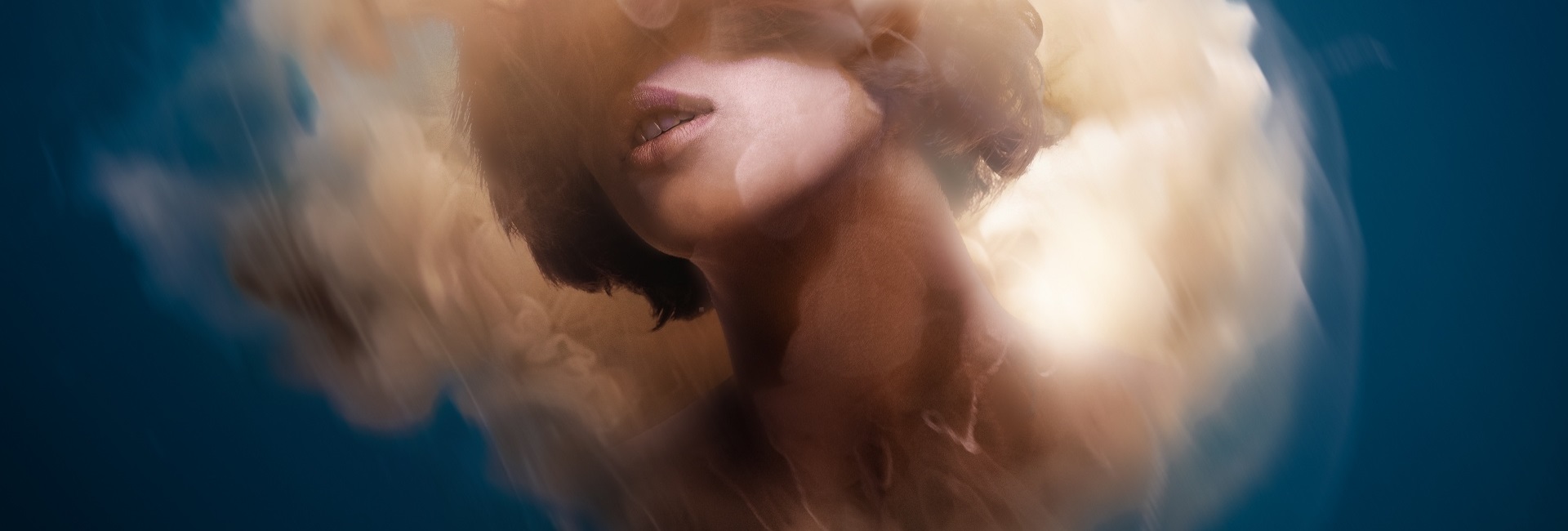
Sorry, the comment form is closed at this time.